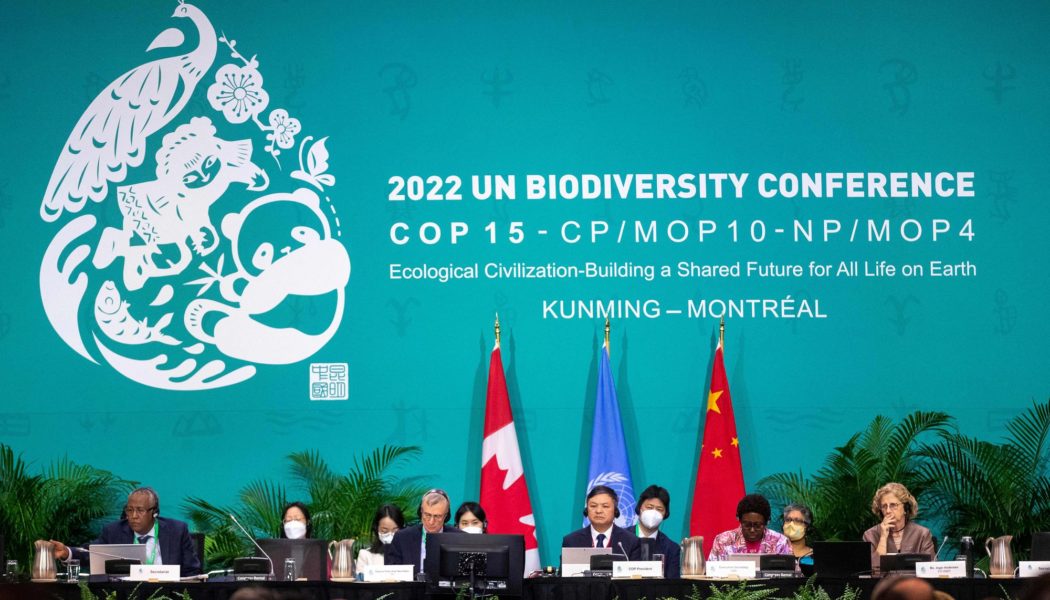They agreed to protect 30 percent of Earth’s land and water. Can they do that without repeating past abuses against people?
/cdn.vox-cdn.com/uploads/chorus_asset/file/24302700/1245724351.jpg)
More than 190 countries agreed to protect 30 percent of Earth’s lands and waters by the end of the decade at the UN Biodiversity Conference. The historic deal was struck before sunrise today following nearly two weeks of negotiations in Montreal.
Each country adopted the Kunming-Montreal Global Biodiversity Framework, which commits them to achieving over 20 environmental targets by 2030. Altogether, the framework is supposed to stop human beings from driving species to extinction, preserve the planet’s genetic diversity, and ensure that the benefits of that biodiversity are used sustainably and equitably.
One of the biggest and most controversial parts of the deal is the provision to “protect” at least 30 percent of land, inland water, and coastal and marine areas by 2030. In recent years, without an international agreement, some governments and businesses have pushed to achieve the target, often referred to as “30×30.” The Biden administration has a goal of conserving 30 percent of US lands and waters by 2030, even though the US and the Vatican are the only countries that have not formally joined the UN Convention on Biodiversity. The Bezos Earth Fund has pledged $1 billion to 30×30 initiatives.
The new UN biodiversity framework now enshrines that target in a major international agreement similar to the Paris climate accord adopted in 2015. The biodiversity framework calls for 30 percent of lands and waters to be conserved through “well-connected and equitably governed systems of protected areas and other effective area-based conservation measures.”
But conservation through “protected areas” has had a sordid past and is still a hot topic today. Historically, the creation of national parks has displaced Indigenous communities from their lands. And there are many documented examples of continued human rights violations against Indigenous peoples while purporting to defend protected areas.
The newly adopted framework says protected areas should be created “recognizing and respecting the rights of indigenous peoples and local communities, including over their traditional territories.”
Still, some human rights advocates are skeptical, calling the 30×30 target a “big green lie” on social media. “It’s a huge land grab that’ll force millions of #Indigenous peoples off their ancestral lands,” nongovernmental organization Survival International postedon Facebook over the weekend.
Nevertheless, large conservation groups celebrated the adoption of the new framework. “If more people grasped the pace, severity and long-term implications of biodiversity loss, the eyes of the world might have been focused on Montreal rather than Qatar over these two weeks,” Andrew Deutz, a director at the nonprofit The Nature Conservancy, said in a statement referencing the FIFA World Cup that coincided with the UN Biodiversity Conference.
Roughly a million animal and plant species currently face extinction, more than at any other time during human history, according to a 2019 UN assessment. By 2050, the Kunming-Montreal Global Biodiversity Framework aims to reduce the extinction rate of all species tenfold.
The new framework is just a starting point; now comes the even harder task of making progress on the ground — all while attempting to avoid the harms committed in the name of conservation in the past.
“To return to World Cup metaphors – it really did feel like a championship game heading into extra time in knife-edge fashion,” Deutz said. “The big difference is … for the global biodiversity community, the next phase of hard work already beckons.”








